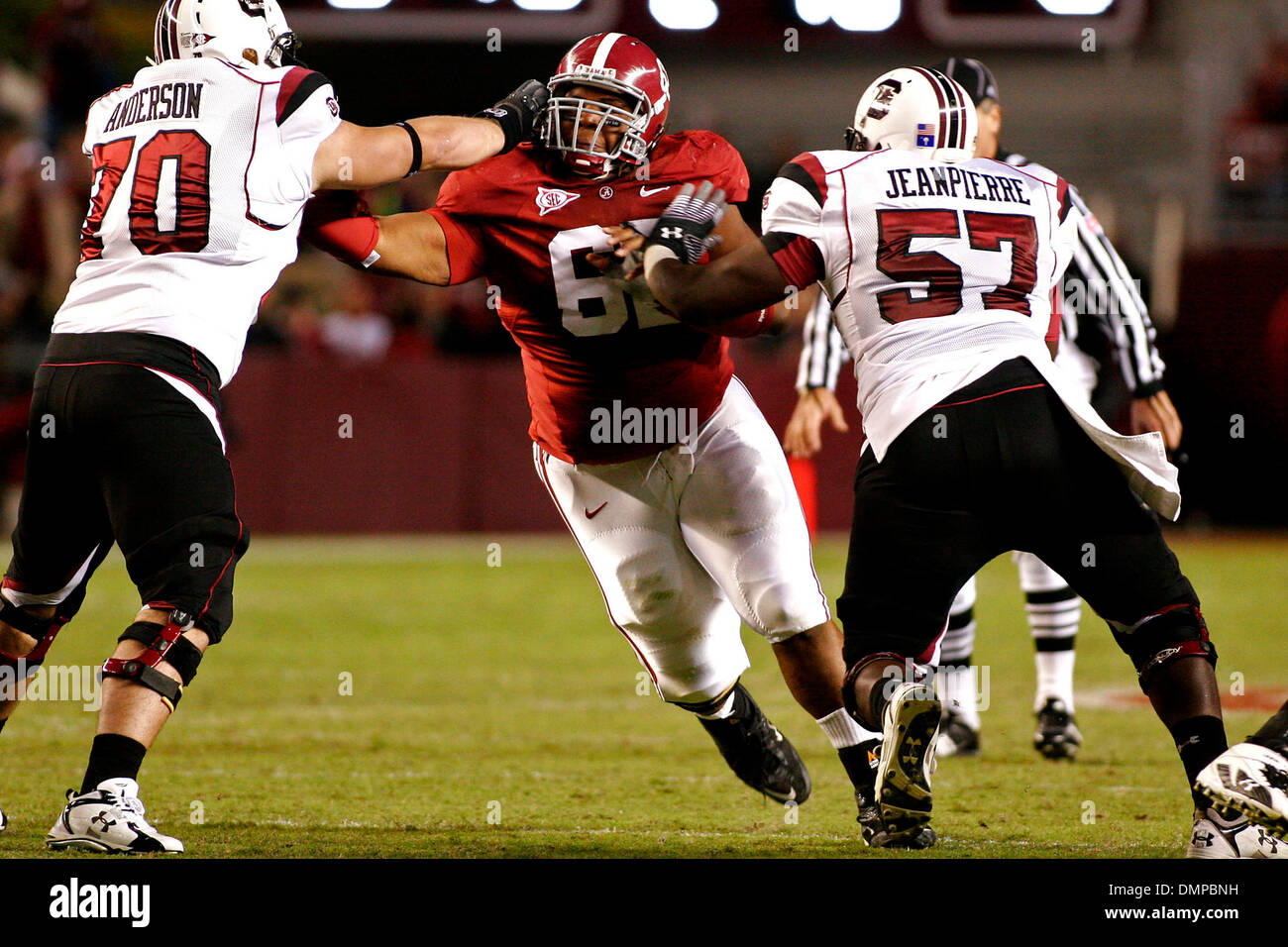Gamecock Fanatics
You are using an out of date browser. It may not display this or other websites correctly.
You should upgrade or use an alternative browser.
You should upgrade or use an alternative browser.
Countdown to Kickoff
- Thread starter Swayin
- Start date
Homebrewcock
GCF Top Poster
Homebrewcock
GCF Top Poster
#57 Langston Moore laying some wood.


Homebrewcock
GCF Top Poster
Homebrewcock
GCF Top Poster
Homebrewcock
GCF Top Poster
USS Anzio, CVE-57.
_1943-1944.jpg)
Anzio rolling in heavy seas during the infamous Typhoon Cobra.
_rolling_heavily_during_Typhoon_Cobra,_17_December_1944_(80-G-298079).jpg/1280px-USS_Anzio_(CVE-57)_rolling_heavily_during_Typhoon_Cobra,_17_December_1944_(80-G-298079).jpg)
https://en.wikipedia.org/wiki/USS_Anzio_(CVE-57)
_1943-1944.jpg)
Anzio rolling in heavy seas during the infamous Typhoon Cobra.
_rolling_heavily_during_Typhoon_Cobra,_17_December_1944_(80-G-298079).jpg/1280px-USS_Anzio_(CVE-57)_rolling_heavily_during_Typhoon_Cobra,_17_December_1944_(80-G-298079).jpg)
https://en.wikipedia.org/wiki/USS_Anzio_(CVE-57)
USS Mitscher, DDG-57.
_operates_in_the_Pacific_Ocean_in_support_of_UNITAS_Pacific_2007_which_supports_Partnership_of_the_Americas_(POA)_2007.jpg/1920px-thumbnail.jpg)
_operates_in_the_Pacific_Ocean_in_support_of_UNITAS_Pacific_2007_which_supports_Partnership_of_the_Americas_(POA)_2007.jpg/1920px-thumbnail.jpg)
https://en.wikipedia.org/wiki/USS_Mitscher_(DDG-57)Namesake
USS Mitscher (DDG-57) became the second United States Navy warship named to honor Admiral Marc A. Mitscher (1887–1947), famed naval aviator and World War II aircraft carrier task force commander.
USS Barber, APD-57. Formerly DE-161.
_underway,_circa_in_1945.jpg)
_underway,_circa_in_1945.jpg)
https://en.wikipedia.org/wiki/USS_BarberBarber was named in honor of brothers Malcolm, Randolph, and Leroy Barber who were all killed aboard the USS Oklahoma during the attack on Pearl Harbor on 7 December 1941. The ship was laid down in April 1943 and launched one month later, but because the Barber brothers' mother was not available on the day of launching, the ship was christened at the same time that she was commissioned in October 1943.
Battle of the Atlantic
She spent most of February and March 1944 performing escort duties between New York and Norfolk; and, then, on 24 March, received orders to join an anti-submarine "hunter killer" group TG 21.15, built around Croatan (CVE-25) and joined by four other destroyer escorts.
Formed to hunt German U-boats, the group recorded its first success on 26 April when Barber and the escorts Frost (DE-144), Huse (DE-145), and Snowden (DE-246), teamed up to sink the German submarine U-488 at 17°54′N 38°05′W.
Pacific War
Barber's good luck continued to hold. Every picket station on which she served had been the scene of a casualty either immediately before her duty there or would become one soon after she departed. On 20 May, the Japanese directed a massive force of midget submarines, mines and kamikaze aircraft at the Allied naval forces. Barber pursued two midget submarines and evaluated one as a "probable kill." The high speed transport continued on patrol, enduring nightly general quarters alarms for Japanese air raids. On 14 June, she captured three more prisoners. On the evening of 16 June, while Barber stood rescue-ship watch at anchor off Hagushi, Twiggs (DD-591) suffered a hit by air raiders and sank within an hour. Barber rushed to the area immediately to search for survivors. The fast transport worked through the night assisting in the rescue of the 188 sailors who survived before returning to the anchorage early the next morning.
Last edited by a moderator:












_during_the_Battle_of_the_Santa_Cruz_Islands_on_26_October_1942_(80-G-30054).jpg/1920px-Japanese_Nakajima_B5N2_flies_near_USS_South_Dakota_(BB-57)_during_the_Battle_of_the_Santa_Cruz_Islands_on_26_October_1942_(80-G-30054).jpg)
_Underway_while_running_trials.jpg)
_battle_ensign.jpg/1920px-USS_Lake_Champlain_(CG-57)_battle_ensign.jpg)
_in_Dec_1942.jpg)
